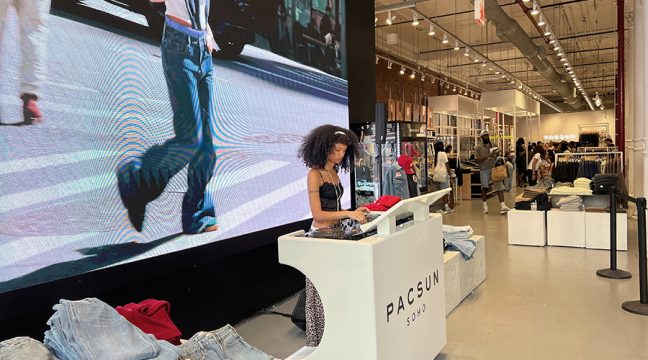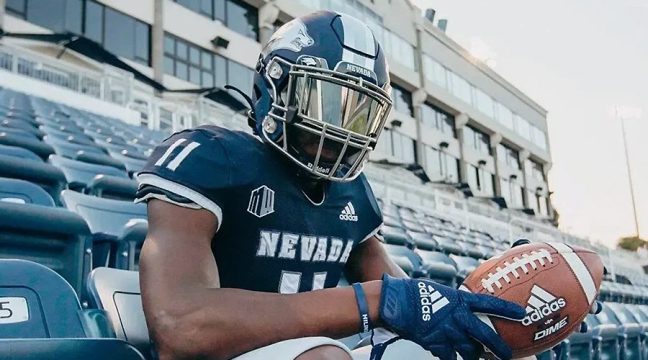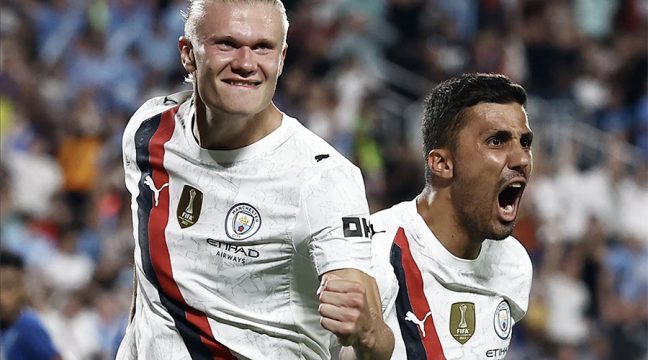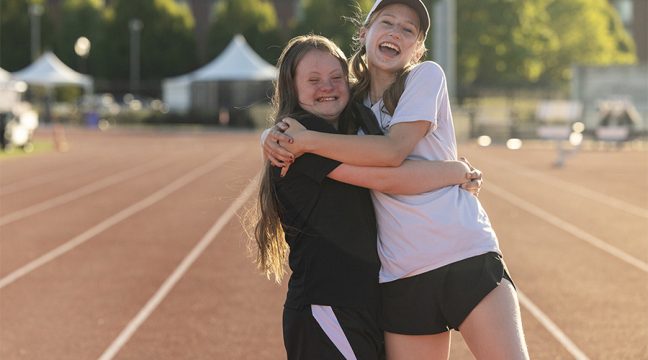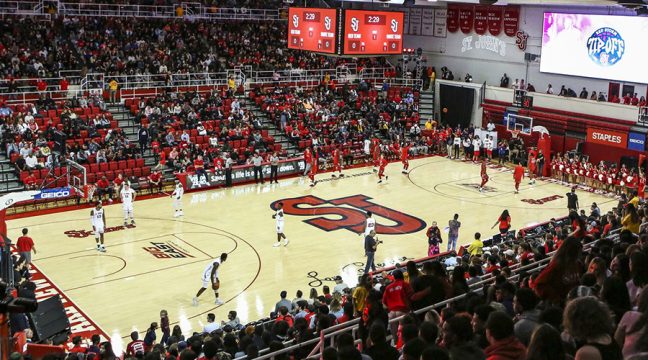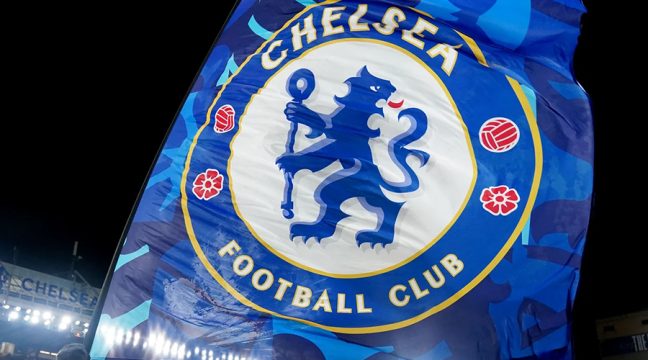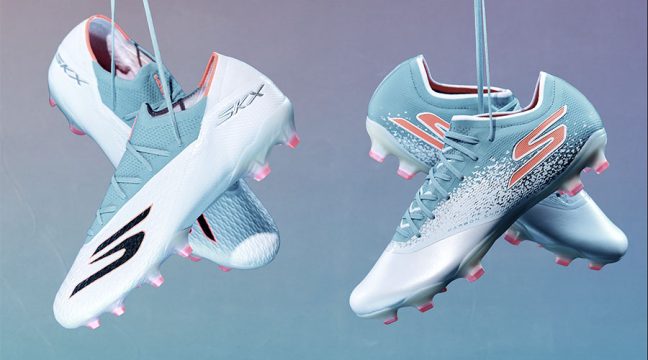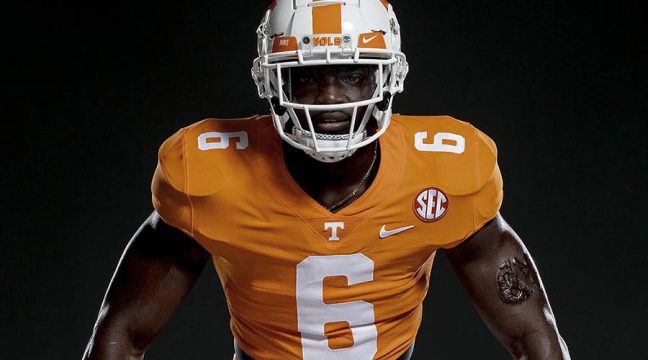Traditionally made in Livingston, Scotland, Movistar Team’s performance cycling Endura kits and skinsuits got a techy makeover — not in production location but in design approach. For the first time, Endura will use laser scanning with each Movistar riders to create the performance apparel pieces.

Nairo Quintana’s scan on bike
“Laser scanning gives us a virtual form of each of the riders that we can work with and access throughout the season…” -Jim McFarlane, managing director of Endura
Jim McFarlane, managing director of Endura said, “Laser scanning gives us a virtual form of each of the riders that we can work with and access throughout the season, because you have to remember that, once the season starts, it can be quite hard to get time with the riders.”
Famous for creating some of the most aerodynamic suits ever made, Endura didn’t settle, creating their futuristic their scanning protocol with time-trial ace Alex Dowsett. The process was refined several weeks before the big Movistar team gathering in Pamplona, where each athlete would go under the laser (don’t worry, it’s not painful).

Nairo Quintana in the Endura 3D scan
McFarlane said, “the idea was, we scan Alex, we then take his 3D avatar or ‘scanatar,’ as we call it, and use that to 3D-print a mannequin of Alex that we can then build into it a physical working model with adjustable limbs and so on, so that we can do much more extended periods of wind tunnel aero testing, knowing that that is the form of Alex’s shape.”
The new software maps the 2D patterns that we cut from the fabric and it virtually stitches it over a 3D avatar. “It shows us tension maps across the body, using specific fabrics with known stretch characteristics,” added McFarlane. “It looks like a heat map, but it shows the amount of stretch across the body, and it means that we can essentially refine each of the rider’s garments to fit them more accurately.”

Alex Dowsett reviewing scan

Screen view of the 3D scan
McFarlane doesn’t just oversee the production of Endura for Movistar riders, but is often seen out at the Grand Tours the day before major time trials, making sure not just that everything fits correctly, but they know how to put the kit on correctly with placement of the progressive texturing.
The big Movistar pre-season training camp held in Pamplona in late November 2015 is the only time that the entire group of riders – old and new – meet together in one place to work and make plans for the following season. The Endura team travelled to the camp in northern Spain to carry out the regular fit session on the riders, taking the opportunity to make detailed scans of all 27 riders using a new mobile 3D laser scanner. Although it resembles the sort of temporary changing room put up on beaches in Victorian times, the cutting edge setup allows Endura to produce a 3D, 360-degree model of the riders in standing, and more importantly, riding positions, which is accurate to +/- 2mm.
Scanning is the solution to two problems: The first is that you can’t necessarily get access to take riders physically to a wind tunnel, while the second is they fatigue when they are there, and aero testing is all about consistency and repeatability.
Getting an accurate 3D body shape of the riders also aids in aero purposes, as the team does a hefty amount of work with Simon Smart at Drag2Zero’s facility at the Mercedes AMG Petronas Formula 1 wind tunnel at Silverstone, for aerodynamic development for the team. McFarlane mentioned this aero development has and continues to be a major process Endura is involved in. And furthermore, one that makes a “very noticeable performance difference to the team that’s measured in seconds.”
With a total of 54km of individual time trials in the 2016 Tour de France, the tiniest detail makes all the difference.

Nairo Quintana
The last rider to be scanned was Movistar Team’s Tour de France contender, Nairo Quintana.
“This is the first time Nairo has been scanned. The first part of the process gave us his key measurements, just like with the other riders, so that was in a standing position. But then we put him on a bike,” said McFarlane. “It was his road bike, OK, but we wanted to introduce Nairo to the idea of him being scanned on a bike, because at some point in the future, and hopefully substantially before the 2016 Tour, we will take him to Germany and scan him on his time trial bike.”

